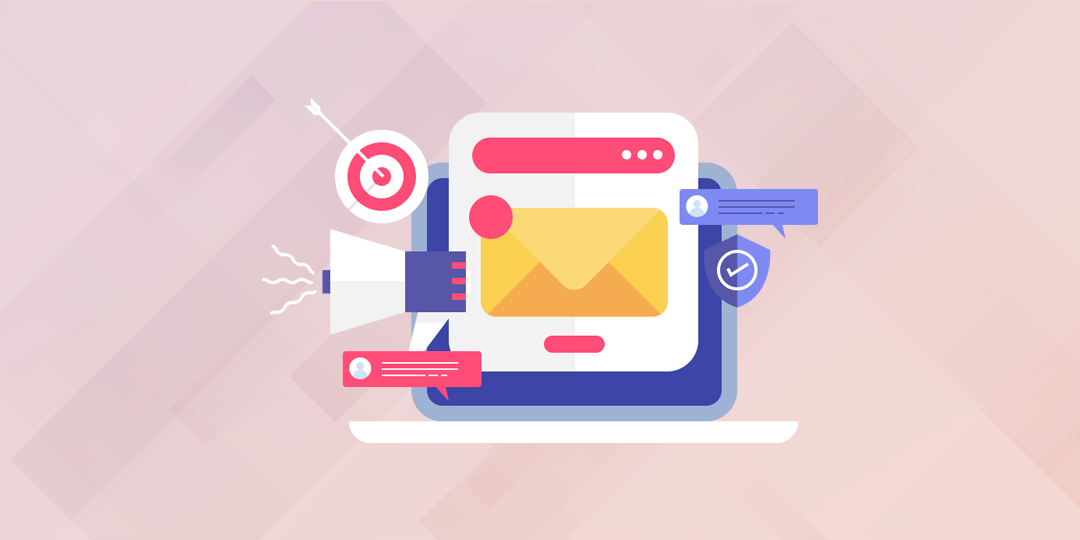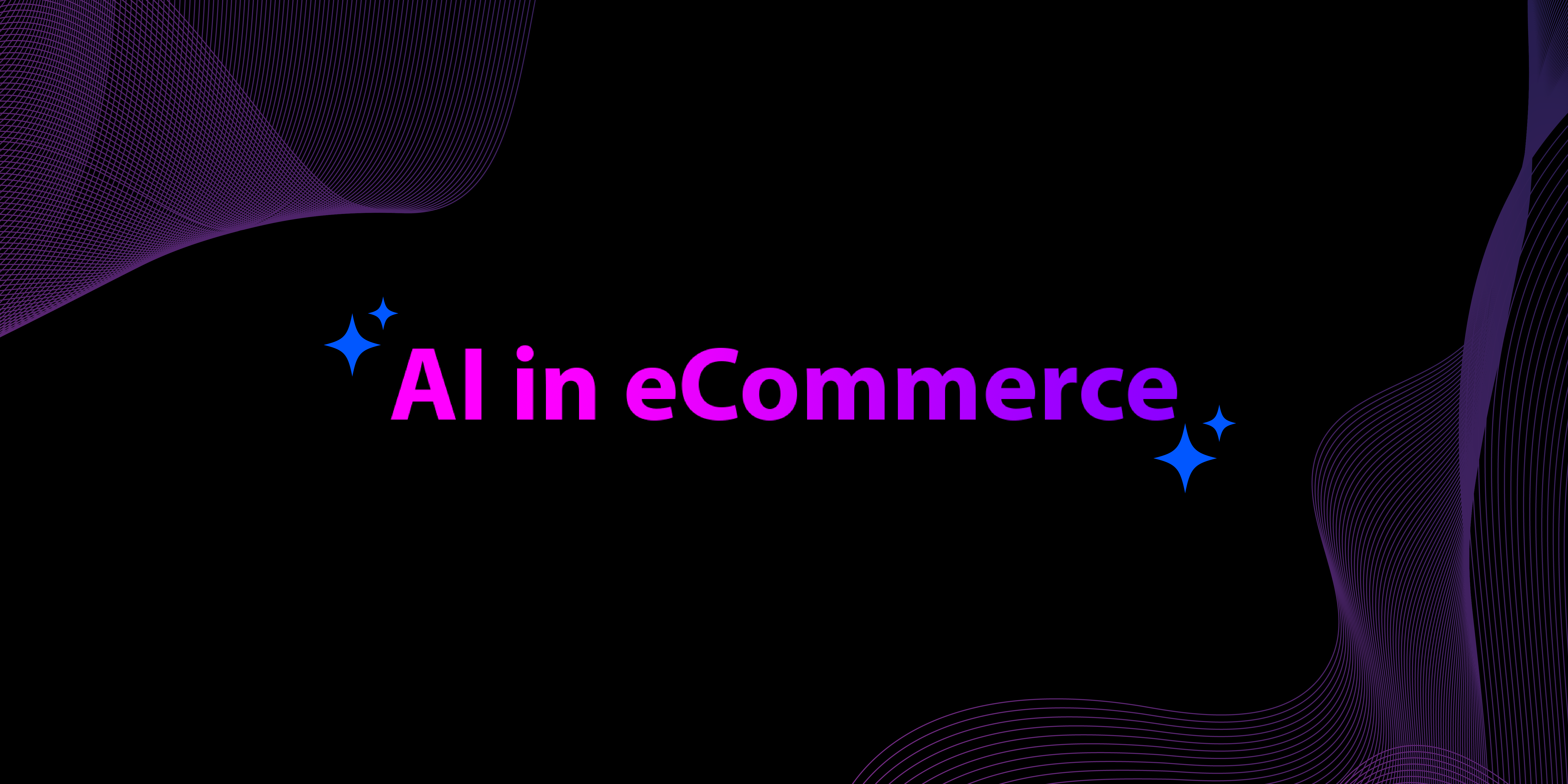

Last updated on
March 28, 2024
We live in a remarkable time, a time that allows online stores to draw their audience from any country worldwide. The growth of no-code eCommerce platforms has helped merchants navigate uncertainty without losing their market presence.
However, competition is fiercer than ever. That is why we have composed a list of marketing ideas for online clothing stores; proven strategies that have been tested by successful retailers from around the world.
Promoting fashion products, from apparel to accessories, is not a matter to be taken lightly. Online stores have a multitude of options to attract customers and grow their loyal audience, but every approach has its pros and cons. For example, showing customers too little information on your website (order, shipping, discount costs, etc.), you risk losing them through a lack of data. Show them too much and you risk confusing them and losing them forever.
Before linking your strategy to any approach take your time to consider how it will work in your particular context. In other words, before adopting any of these tips, consider asking yourself three questions:
No magic, no guesswork, just simple data-driven decisions that light the way for your sustainable growth. Here’s how it works.
As marketers, we know that the customer journey doesn’t end with the purchase. However, that just might be the case if you are not making the most of your marketing approach. Building loyalty among your buyers is vital for encouraging constantly increasing revenue growth.
A good way to start – utilizing a brand referral program. Why? Because people are still more likely to purchase a product if it has been referred or recommended by a friend. To put it simply, after a referral from a friend the prospective customer is more likely to make ‘this click’. The cost of building a holistic referral system is still low, while its focus on nurturing loyalty among customers is remarkably high.

That is how Basecamp is doing it:
Investing in quality customer service to engage with your loyal buyers automatically encourages them to at least glance at your products. While it is still difficult, and expensive, for apparel stores to engage with any target audience, referral programs can help you reach the right people in the right way.
However, it is crucial to provide benefits not only for the one who receives a referral link but also to the referrers themselves. Think carefully about how you can set up your referral process so that both parties may benefit.
It is important to note that customers will share their experiences in their own words - this means you have little or no control when it comes to specific messaging. You should be aware that customer experiences have the ability to misrepresent your store in someone's personal review. Another shortfall is measurement. Referral programs, unless you employ integrated marketing automation tools, appear difficult to monitor. On the other hand, paid campaigns display your results in real-time, while referrals stay off the radar.
Each brand portrays or represents an emotion, and people are ready to pay for the experience of pleasant emotion. If you ask a customer exactly what it is that guides them to purchase a particular product they will most likely state ‘price’ as being the stimulus.
In reality, the pricing is rarely the point that pushes a customer to make a purchase. Many times you can leave the price the same and better target who is seeing your ads or change your copy to promote more audience-relevant features of an item or service and do significantly better.
That is why you, as an owner, should act in two dimensions, the rational and the irrational. On the one hand, you should promote your product's functionality, on the other hand, it should be an emotion that corresponds with your value proposition.
Fortunately, technologies help us to navigate this bipolar marketing world, thus enabling brands to communicate both rational and emotional aspects in one post. This strategy is called social media marketing.
For apparel stores, social media is not the biggest traffic source in terms of absolute numbers. Yet, it is one of the most significant sources for generating high-quality traffic based on location, intention, interest, and even social status. By leveraging social media marketing you are not only building your market presence, but you are also actively engaging with a relevant audience.
As an apparel retailer, you need to focus on Facebook, Instagram, and Pinterest marketing. However, besides these practical and useful tips for beginners, there is still much to learn. Every platform has its own unique specifics, but there are still some general rules which apply to each and every one.
For this platform, your content strategy should consider engagement and awareness metrics. Firstly, you can measure likes, comments, and shares through direct messages. To track your brand awareness you need to monitor the performance of each post’s reach and your followers' growth dynamics.
After defining a strategy you should begin to explore what it is that you actually want to share. The art of selling a product is the art of doing it seamlessly, that is why successful eCommerce businesses sell emotions, goals, and a lifestyle aligned with their product.

Example of REI’s user-generated content campaign.
Consider positioning your products in an aspirational way - linking them to a specific lifestyle that resonates with your audience. Again, walk in your customer's shoes.
Another thing to consider while formulating your content plan is inspirational content. Spotlighting influencers and experts who already use your product will resonate with your audience emotionally and will provide its rewards in the long term. Sharing user-generated content may also help. Research shows that consumers (92% of them to be exact) trust user-generated content much more than traditional ads. Use that trust to build loyalty.
Along with Instagram, Facebook provides a host of opportunities to boost ad conversions if used wisely. The first thing to consider for an apparel store is how to tackle the problem of abandoned carts. More than half of your prospective buyers will leave your site without making a purchase. To get these lost customers back, running a Facebook remarketing campaign may be the best solution.
A second Facebook marketing cornerstone is video content that you can create using any of many facebook video editor tool. People like to watch vivid bite-size videos, so let them. Customers will be more likely to stop scrolling in order to watch a video ad rather than clicking on generic blocks of text and product photos. Before weaving video content in your marketing strategy make sure that it complies fully with Facebook Video Ads Specs.
The third element of successful Facebook marketing for apparel and accessories stores is the use of chatbots. Although they have been around in some form for decades, chatbots are now the reinvigorated fresh breath of marketing technology. The reason for this is that there is a lower entry barrier for your customers. Using a chatbot, customers can reach out to your brand directly and expect 24/7 availability. In addition to the huge amounts of time saved, chatbot platforms are also highly useful for qualifying your leads and re-engaging customers with personalized content.
There is no platform more widely used for inspiration than Pinterest. It is a powerful promotional channel that is straightforward and simple to use. Start the process by creating boards, people most regularly use these boards for inspiration. Harmonically composed boards, displaying your products, are more likely to ultimately lead the customer to the point of purchase.
Much like Instagram and Facebook, with Pinterest, you can both follow users and like their posts. By using attractive and inspirational boards users will be more likely to see your profile in their notifications tab.
Keep in mind that Pinterest is a collaborative platform. Never attempt to pin each item that you see in your feed - again, marketing is about selling an emotion first and a product second. Make sure your boards display not only your products but also lifestyle-related images. Smart pinning will lead to smart profits.
Regardless of the industry, a win-win partnership is a great way for any brand to stand out from the crowd. Often referred to as co-marketing this approach is about engaging another brand's already captured audiences. Let’s imagine two brands with a similar audience, selling different products. The best way for both brands to drive their revenue forward is by establishing a common partnership.
Influencer marketing - you saw this one coming, right? A good influencer for your product should be one who can; (1) promote it well, (2) have a relevant audience, and (3) talk about your product in a simple yet creative manner.
Brand- or topic-related fan pages open another avenue for promotion. These pages are often built around topics such as pets, sports, wellness, and hobbies. Communities like these often have contact info in their bios. Using this info, send a request to create a partnership, see if it fits your budget, and begin outlining a collaboration strategy.
Pro Tip: Keep in mind that influencers really know how to reach an audience, but you should only allow them to talk about your brand after agreeing on predefined objectives.
Another way to sell an emotion is to partner with a respected charity or non-profit organization. Collaborations like these always touch people's hearts and give a favorable impression of your business.
An example of great corporate responsibility from Bombas store.

FOMO (Fear of Missing Out) is a powerful, but sometimes dangerous persuasion approach many marketers are afraid to employ. FOMO is a psychological stimulus designed to trigger the emotion of urgency. Its premise is based on the tactic of showing a person enjoying the benefits of a product that you do not yet possess. In our modern world, it is a very powerful - but questionable - tactic. People simply do not like to look worse than their peers.
Marketers also drive the notion of scarcity, a tactic that works on our emotions urging us to act quickly before something is no longer available. Urging customers to act quickly is one thing, teasing them with the risk of missing out is quite another thing.

RueLaLa does it efficiently by communicating their FOMO approach directly.
To leverage this approach efficiently you need to:
Writing great emails is never easy. However, when it comes to creating a return on marketing investment this is perhaps the most prominent channel. The real magic behind email marketing is the process of nurturing relationships with your customers by offering value. Ask yourself, why should someone even open your email? What unique proposition will the customer receive by subscribing to your newsletter?
You might consider getting rid of occasional emails entirely and instead focus on consistency. Sequenced email campaigns are best for delivering educational or inspirational content directly to your prospects. By paying attention to your audience's time and needs, thoughtfully selected content will help illustrate the features that make you stand out from your competitors.
A proven strategy is to spotlight your best-selling products, daily deals, and new collections. Link your product to the lifestyle choices of your audience, or showcase real people wearing your products in real life. Additionally, you may want to build different campaigns for new customers, loyal customers, or those with abandoned carts. Each email in the sequence should be personalized, not only with the client's name but also with products they may be interested in based on their search history.
Always remember the #1 rule of email marketing – your first email should never attempt to sell anything, neither implicitly nor explicitly. Get acquainted with your prospective customer and enlighten them with your brand’s story. And make sure to use a custom email address as per your business.
First and foremost, there are still plenty of opportunities to outrank even your largest competitors by leveraging smart SEO practices. Organic traffic, generated by optimized content, must be your top priority. Let us briefly explore the essentials of the sophisticated Google SEO algorithm.
The purpose of SEO is that your products can be easily discovered on Google. Besides the technical aspects of SEO, knowing how to optimize your keywords is crucial.
There are several reasons why keywords linked to user intent are the main focus of every SEO-wizard. The main reason is that keywords help your customer to find exactly what they are looking for at the right time, therefore shortening and simplifying their journey to purchase. Here is a list of essential tips for keyword research:
Keywords are useless if placed on an unoptimized product page. Here is what you should do to optimize your product page:
That is a strategy where you can literally outrank your competitors using pure code. Since Google tweaks its search engine algorithms on an almost daily basis, page speed is still a thing robots care deeply about. Google has made multiple resources available for site owners, making it easy to audit your page speed, and in turn to make the necessary adjustments. You can start off with Google's PageSpeedInsights. There, you will see not only how your pages perform in terms of load speed, but you can also compare against the industry benchmarks. You can then share the report with your developer and allow them to implement the required improvements.
As we have said in the beginning, the best strategy is not about selecting one tool or approach, it is about combining different strategies, analyzing them, and discovering which one works best for you.
The easiest way to start is by mixing user-generated content with influencer marketing. Once you have done that you can run remarketing campaigns for users who have already engaged with your brand. After examining the statistics, consider optimizing your website and creating an email campaign containing direct links to your products.
Every marketing strategy must be centered around the notion of connecting with your audience in a relevant way. Applying the right tool at the right time is a matter of constant experiment and practice. To perform this efficiently, divide your campaigns into small MVP (minimal viable product) activities, this will illustrate your short-term performance along with highlighting any possible risks before they have the chance to eat into your budget.
Finally, never stop asking questions, you can start with these:
Content marketing guru at Mailmunch. I’m passionate about writing content that resonates with people. Live simply, give generously, stay happy.
Tags:

Hamna Abid
July 11, 2023

Hamna Abid
June 23, 2023

Ammar Mazhar
May 30, 2023